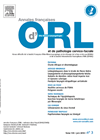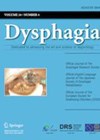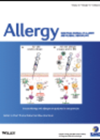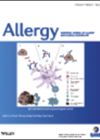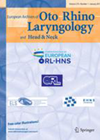
Journal Reviews
The septum and breathing
The authors compared the improvement in nasal obstructive symptoms in two groups of patients. One group underwent septoplasty alone and the other septoplasty accompanied with compensatory turbinoplasty. They used the Nasal Obstruction Symptom Evaluation (NOSE) [12] and visual analog scale...
Assessing post-extubation dysphagia on the intensive care unit
The incidence of post-extubation dysphagia (PED) is reported to be about 12% in the general ICU population and around 18% in patients admitted to ICU as emergencies. PED was found to be an independent predictor of 28-day and 90-day mortality....
Mobile phones to assess productivity in rhinitis
Uncontrolled and moderate to severe allergic rhinitis (AR) has significant negative impact on work productivity. Work Productivity and Activity Impairment Allergic Specific Questionnaire (WPAI:AS) used to measure that impact showed this. Work productivity seems to improve when AR is treated....
Apps in allergic rhinitis
Utilising smart-phone applications to gather data is an expanding field in medicine. However, it is not without limitations including bias. The European Innovation Partnership on Active and Healthy Ageing (EIP on AHA) introduced the Allergy Diary application as part of...
Factors determining success of adenotonsillectomy in paediatric obstructive sleep apnoea
Patient selection is important for any successful surgical procedure. Adenotonsillectomy for obstructive sleep apnoea secondary to adenotonsillar hypertrophy is no exception. This retrospective Taiwanese study attempts to find preoperative factors that have a positive influence for this commonly performed operation....

